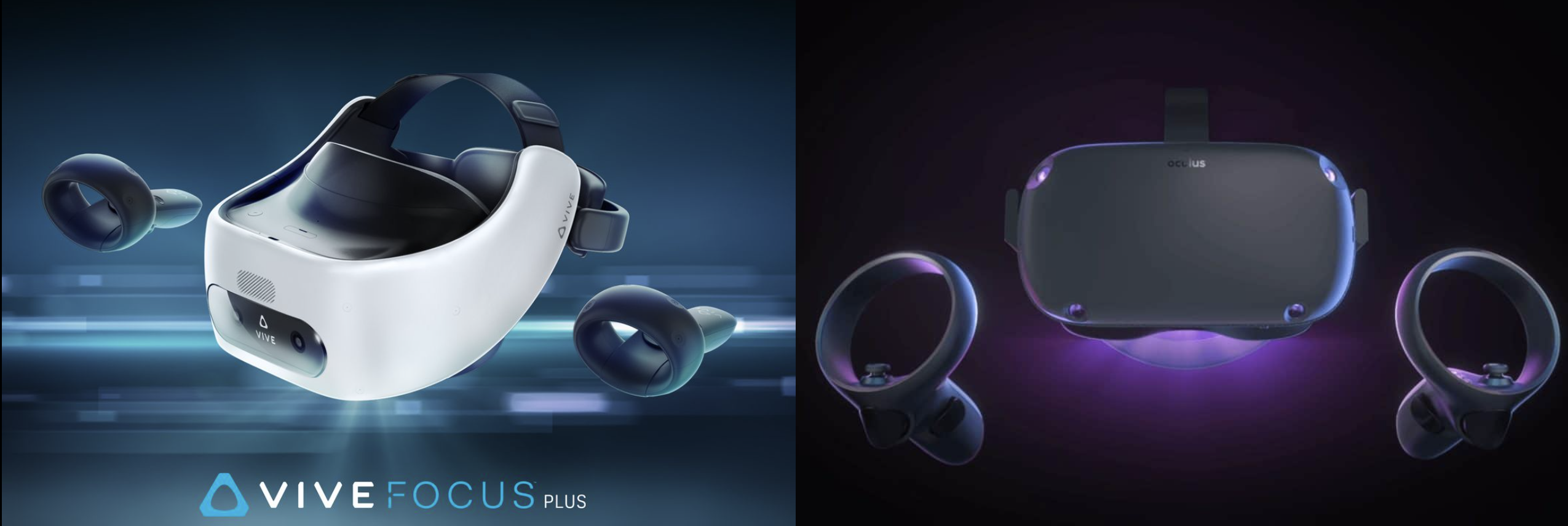Virtual reality is becoming mainstream for gaming. People love to play it, read about it, and watch videos of people playing inside of VR. Businesses also love virtual reality, but not for the same reason. You won’t see many Vive Focus headsets running Beat Saber for hours. What you will see though is dedicated and exact work being done in the nicest VR headsets the best companies in the world can make.

Virtual reality hits both ends of the spectrums. High-end gaming and high-end work. Some of the worlds most renowned designers create inside of virtual reality. Some of the worlds best developers are creating games for the newest and ever-growing gaming platform. But the VR headset won’t always be made for both gamers and workers. So who wins the battle and becomes the main market? Let’s dive into both sides and find out.
VR Gaming
Virtual reality isolates people. It is no coincidence that Tim Cook took a small jab at Facebook when he said that the platform doesn’t allow for inclusion. But who needs to see their brother do the dishes while they are playing a great game of Pistol Whip? So far, virtual reality has done exactly what it has been asked to do. Make a headset that immerses customers so well that they have no choice but to believe that their altered reality is something other than fictitious.
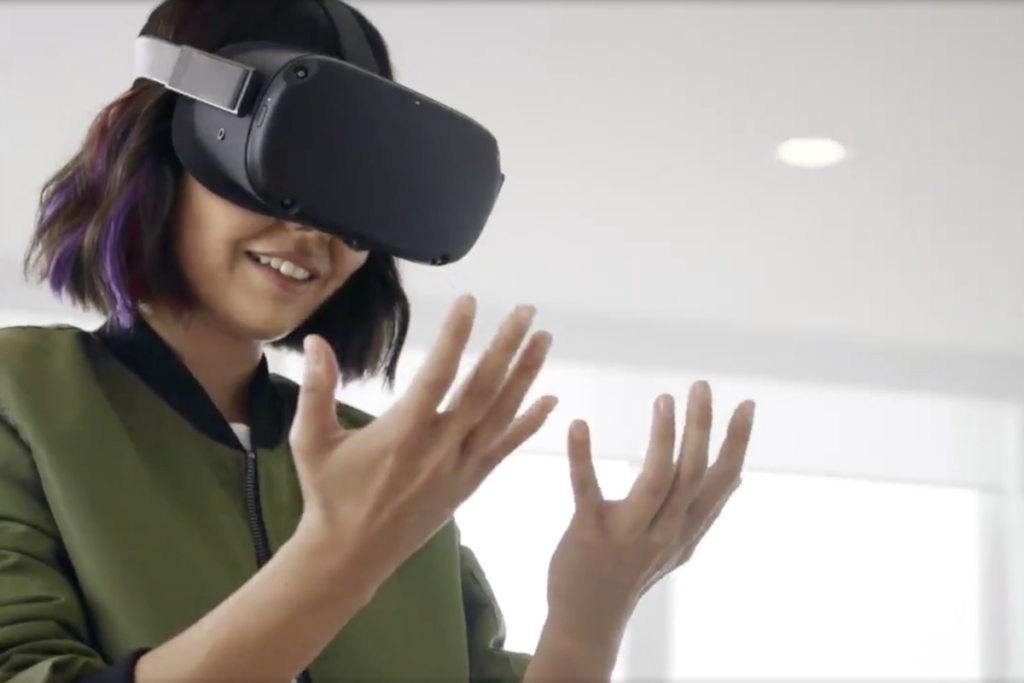
No one in the consumer or business side has asked for better inclusions. Some companies ask for better shared experiences, but that is because they are wanting to work together from different real locations. There hasn’t been much of a need for inclusion until now.
People are wanting to game with people in their real space. Virtual reality is great when you are alone, but it isn’t a desired setting for most. If you want to show your newest VR headset to your friends, you have to literally shut them out while you struggle to cast to the big screen.
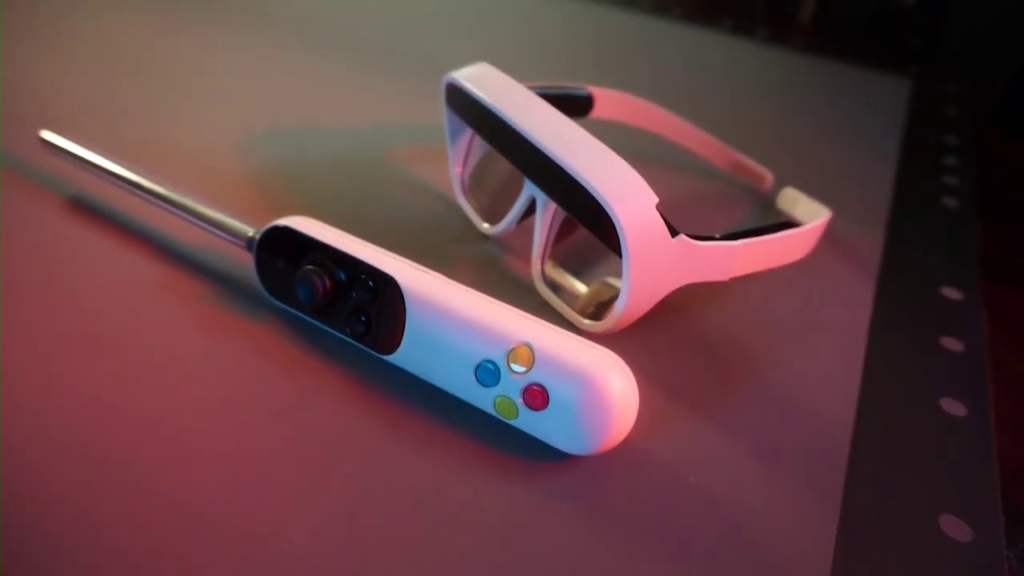
Thats where AR (augmented reality) comes in. You look at companies like Tilt Five and what they are able to do with gaming and shared experiences. Itis no coincidence that the company has millions of backers. People want to play games with people around them, not with random strangers in a virtual world.
VR consumer headsets will start to slow down. The market for them is at an all-time high, and we think it has finally peaked. AR Gaming has entered the conversation.
Business VR
Varjo. Vive. XTAL. Pimax. The list of enterprise-focused VR companies is growing more rapidly than ever. If what we saw at CES 2020 is any indication of what is to come, it is consumers slowly being forgotten and businesses cared for more than ever. As we mentioned, VR gaming isolates you when you should feel the most included. VR isolates you, but when you are trying to focus on work, that is exactly what you need to feel.
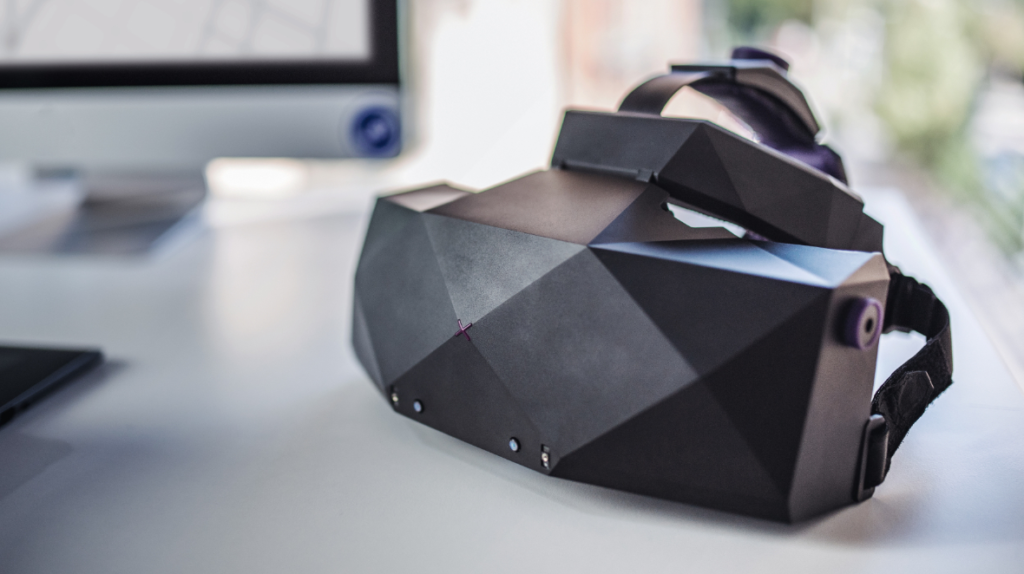
Strapping the headset on and working uninterrupted is something countless people are looking for. . So much that companies all across the world are turning to virtual reality. Whether it be to work on a shared project while thousands miles away, or to simulate the office in a shared environment, VR is getting the job done.
But won’t be long until you wake up, get ready for work, walk into an empty room at your house, and put your VR headset on. Obviously privacy is going to be key when this happens, but it seems like it is in the cards for millions of office workers across the globe.
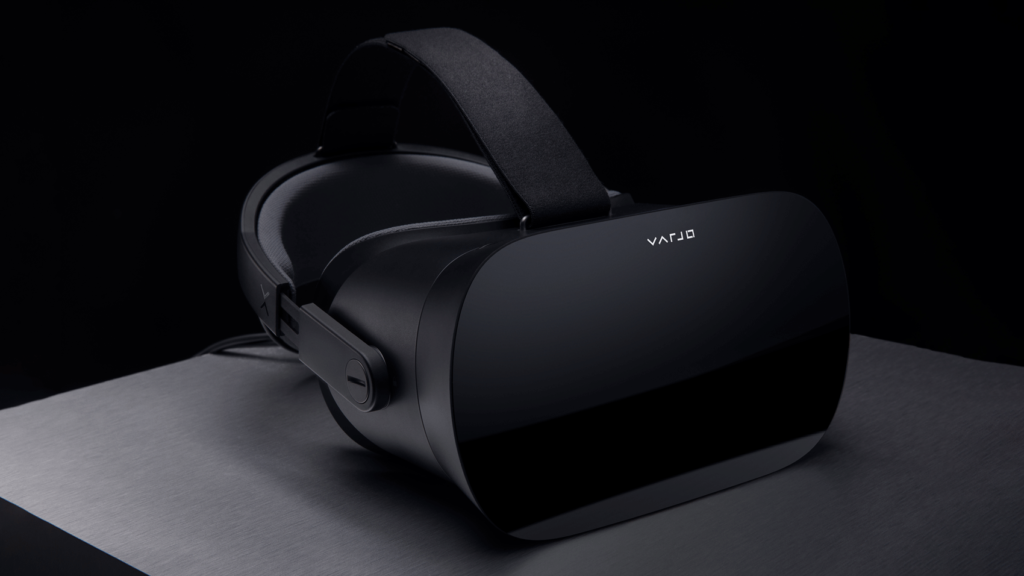
The ability to not only work, but to have a shared and private workspace is going to be crucial to the future of VR inside of any business. In many ways, VR is going to much better than driving in traffic to work. Of course, some in-person meetings will need to happen. But even then, if the privacy is good enough, many people would rather have a high-level meeting inside of the confinement of their home.
The future of VR is in the workplace. Gaming is great, but inclusion through AR is going to be the name of the game.
Why AR Matters
Augmented reality enthusiasts think AR is going to take over the gaming and business world. Although that might be the case, it is unlikely for a number of reasons.
The tech inside of VR headsets is only getting better. Although VR may isolate and and separate you from others, it is still a great platform. With that being said, AR is going to replace a lot of VR customers.
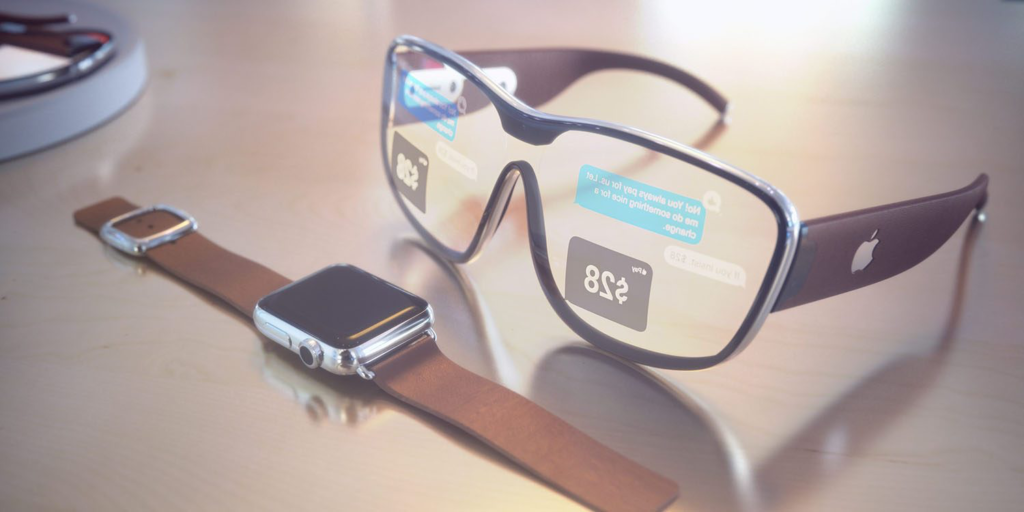
A handful of medical institutions are using VR for training. Although that might seem great, AR is better for more cases. AR allows us to learn together, act together, and see together. Tim Cook emphasizes that AR allows for more meaningful interactions.
AR glasses will be the death of the smartphones. This is going to replace many VR headsets, but it won’t be the end of them. You’ll likely see them in the graveyard of a futuristic business, or in a storage box from an avid gamer. The capabilities of AR are endless. VR may have a future, but it is likely on the business side of consumers.






















